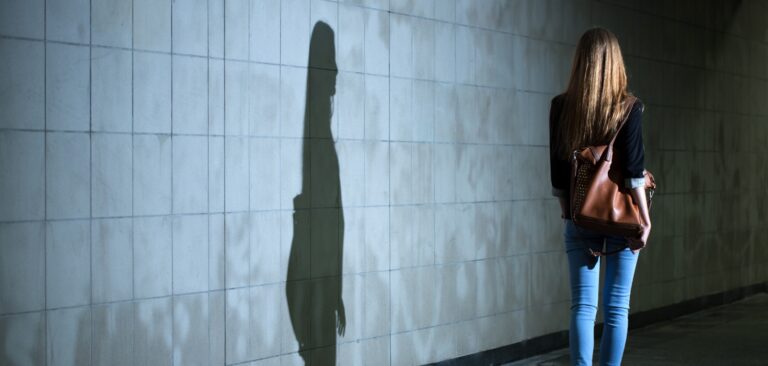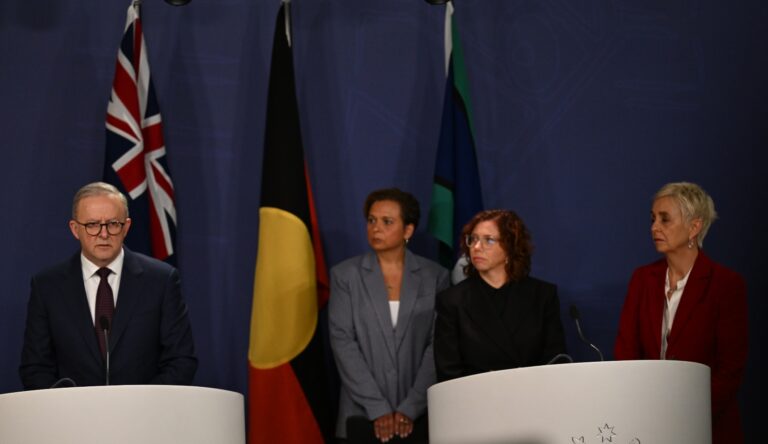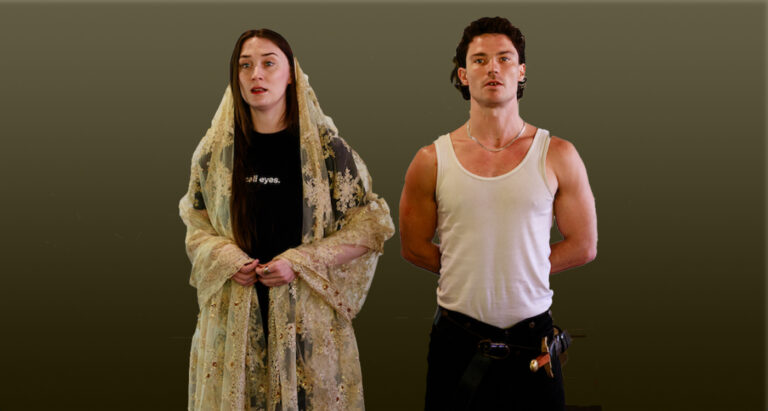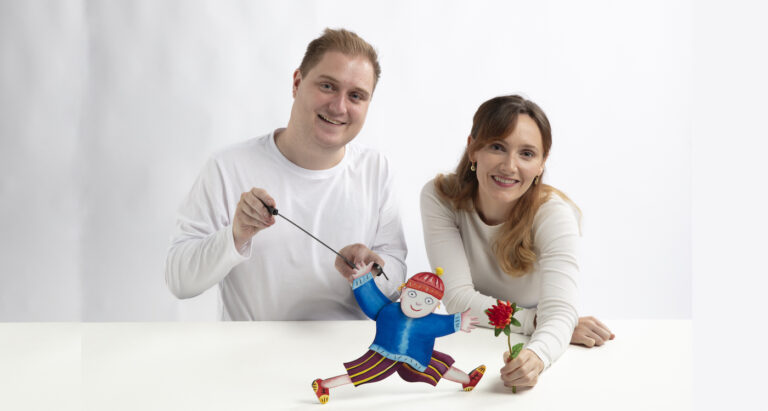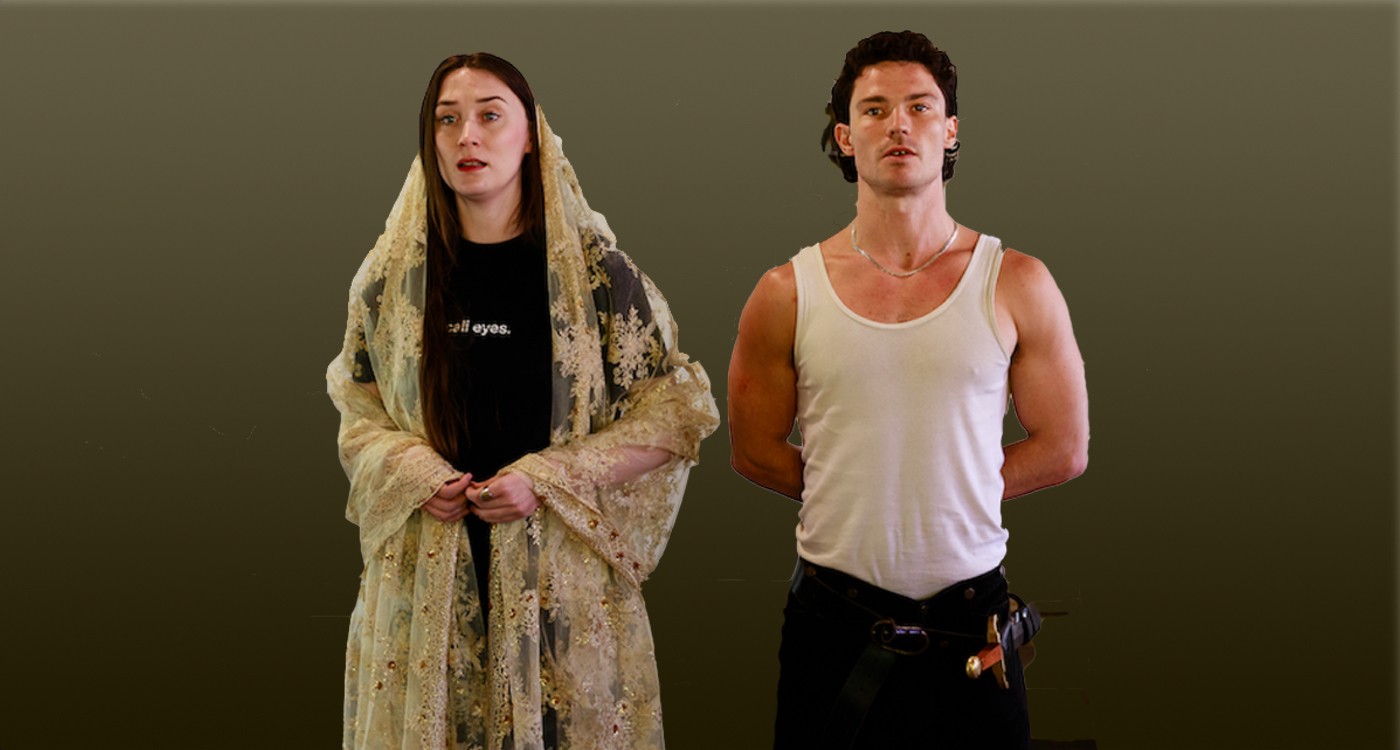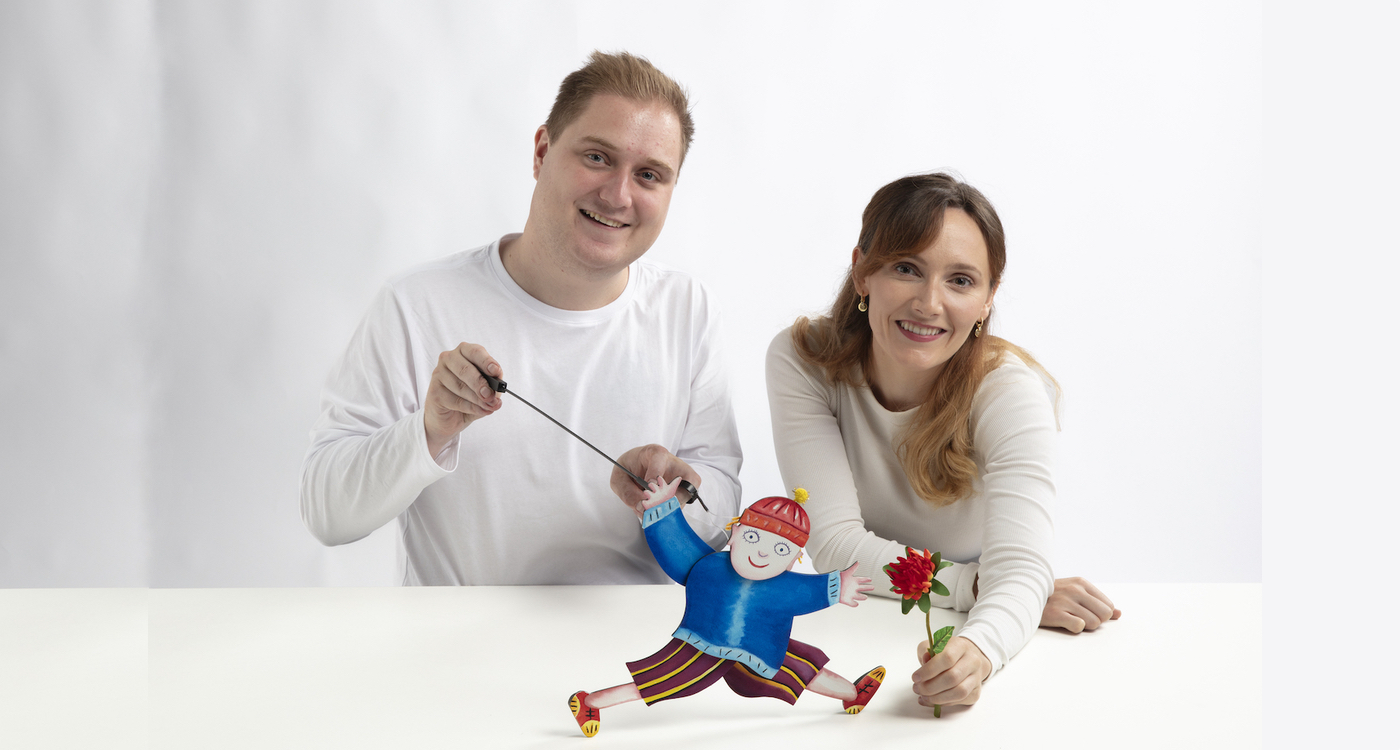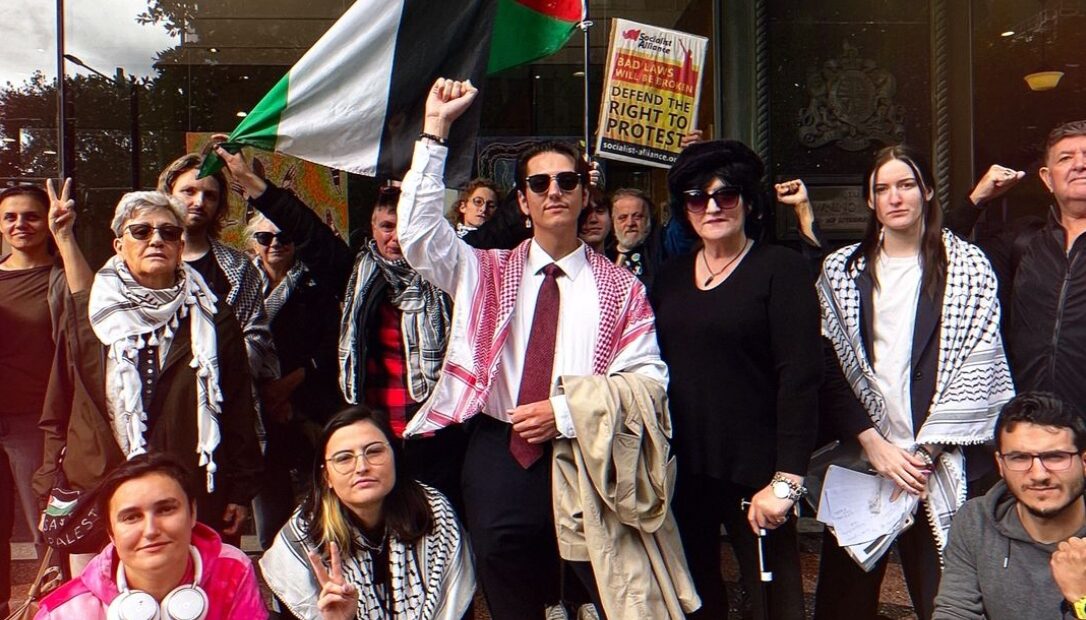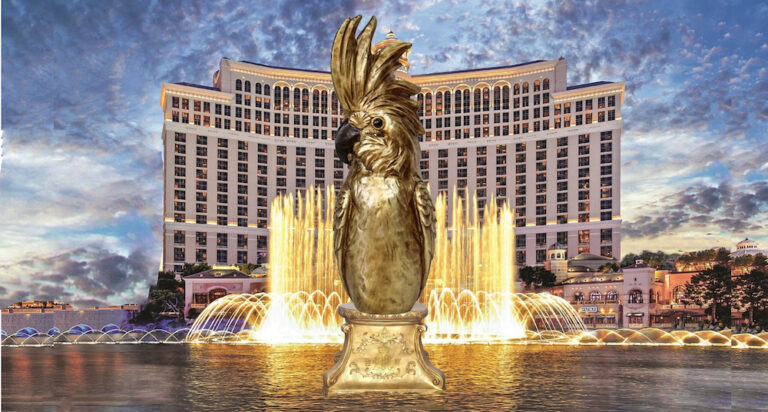
FAKE ABORIGINAL ART HARMS INDIGENOUS CULTURE

By Shon Ho.
Tourists with ice creams in hand are milling about souvenir shops scattered along the mouth of Circular Quay on Sunday afternoon. The shops sport gaudy shelves of back scratchers, bottle openers and “noodle kitchen sets” printed with a Frankenstein pastiche of Aboriginal style art.
The “Handmade Australia” painted across the base of a dotted, lacquered red vase is paradoxically obscured by a “Made in Indonesia” label. With 80% of self-professed Aboriginal souvenirs sold in shops being inauthentic, the vase is just one item in a $200 million industry.
“It’s cultural theft,” said Gabrielle Sullivan, the chief executive of the Indigenous Art Code. “Somebody is making a lot of money out of this, but it’s not the artists who it belongs to.”
The Indigenous Art Code, together with the Arts Law Centre of Australia and Copyright Agency, launched the “Fake Art Harms Culture” campaign in 2016. The successful lobbying of the Australian Government to address the growing presence of fake art resulted in a Parliamentary inquiry that is currently ongoing – over 150 submissions have been received.
Under Australia’s Competition and Consumer Act, the trade of fake art is not illegal so long as imported souvenirs are labelled and do not claim to be authentic. However, the misappropriation of Indigenous art exploits and commodifies Aboriginal and Torres Strait Islander culture, resulting in the flooding of the market with fake products to the detriment of Indigenous artists.
“People go towards the fake art because that’s what they’ve been lead to believe is the real deal. I don’t think it should rely on the consumer. It just should not be an option to buy the fake stuff in the first place,” Sullivan said.
The Greens announced legislation just over a week ago, proposing to ban the import and sale of fake Aboriginal art.
“Until inauthentic Aboriginal art is banned, and those individuals and companies that are involved in importing it to Australia face serious fines, not enough is being done to protect Aboriginal artists and consumers from this trade,” said Senator Sarah Hanson-Young, the Greens Arts spokesperson, in a statement.
The party purports to introduce the Competition and Consumer Amendment (Exploitation of Indigenous Culture) Bill 2017 as a Private Senator’s Bill. Interestingly, it shares the same name as Bob Katter’s bill that was initially introduced in Parliament last year.
The Green’s bill proposes maximum penalties of $25,000 for individuals and $200,000 for companies committing the offence of misusing cultural Indigenous expression, the same figures outlined in Katter’s bill. City Hub reached out to the Greens for comment but did not receive a response in time for publication.
In June this year, the government committed $150,000 to test digital labelling for authentic Aboriginal and Torres Strait Islander products in an attempt to help consumers purchase ethically.
“It’s going to demonstrate to the consumer the provenance of that work; how that product came to be in existence, but it’s just adding extra information to a product that we already know is authentic – it’s not stopping the fake product from being sold,” Sullivan said.
Beyond the missed economic opportunities for Indigenous artists, fake art produces a false and distorted representation of Aboriginal and Torres Strait Islander culture that prevents consumers from understanding its diversity, Sullivan noted.
“It doesn’t represent our culture in any way, shape or form,” said Bibi Barba, the Artists In The Black Coordinator at Arts Law who is also an artist herself.
“There’s no connection whatsoever that fake art has to any Indigenous culture because it is just made up. It’s really a misrepresentation of my culture to the world.”
Artists In The Black is an outreach program aimed at increasing access to legal information and services for Indigenous artists, communities and arts organisations. Barba who has been painting for over 30 years is disheartened about the commercialisation of culture and urges artists to voice their concerns.
“It’s just a quick buck – a quick dollar, and that’s really sad because that’s putting a price on our cultural heritage,” she said.
In one of the larger souvenir stores at Circular Quay, shiny Jabiru ‘Authentic Australian didgeridoos’ sit upright on a stand. An entire shelf in the same store holds a collection of Birubi Art products. Both companies have been recently embroiled in controversy. Jabiru Australia, the official merchandise supplier for the Gold Coast Commonwealth Games, was questioned about its exploitation of casually employed Indigenous artists and the origins of its products, while Birubi Art currently faces Federal Court action from the Australian Competition and Consumer Commission. The ACCC alleged Birubi breached Australian Consumer Law by falsely misleading consumers to believe that over 18,000 products were hand-painted by Aboriginal artists and Australian-made when they were actually produced in Indonesia.
“The Yidaki is not just made out of bamboo sticks or any piece of wood. It’s made from a specific tree that’s in a specific area and there is a specific sound that it makes. There are all these cultural protocols attached to how it’s been produced and why it’s produced because these are the sounds of ceremonies – these ceremonies have been going on for sixty thousand years.” Barba said.
“So who thinks they have the right to create out of a piece of wood, a sound that’s ‘authentic’ didgeridoo or ‘authentic’ Yidaki and think they can sell it?”
For Bibi Barba, making art is a way for her to translate her grandmother’s stories into living memory – a connection that is strong and innate.
“My grandmother always said to me – ‘you go home to your country, you feel it and you paint it.’ That’s exactly what I’ve done with her stories. She’s always there, not far from me. I would like to keep her alive in my artwork because I can see her. It preserves cultural stories for the next generation to pass down.”
“So that’s what art is about – it’s about visual literacy and it’s about the connection to country through storytelling.”
